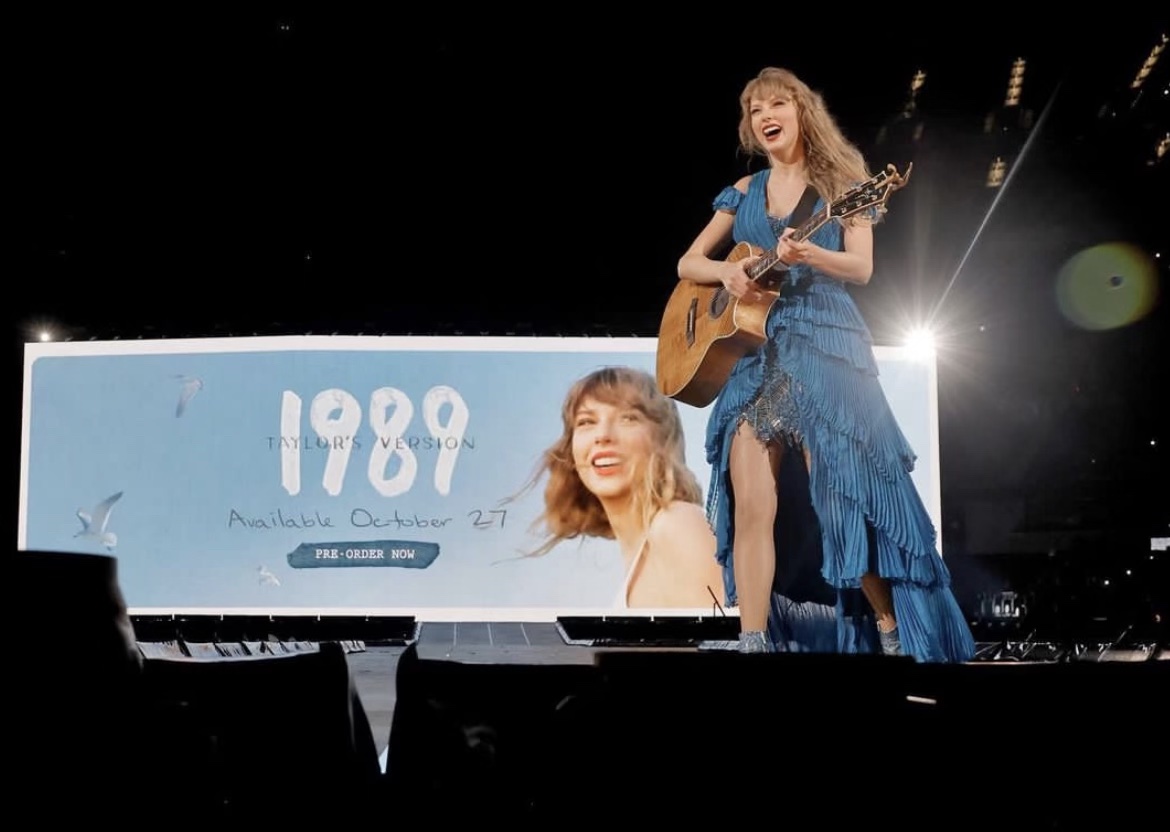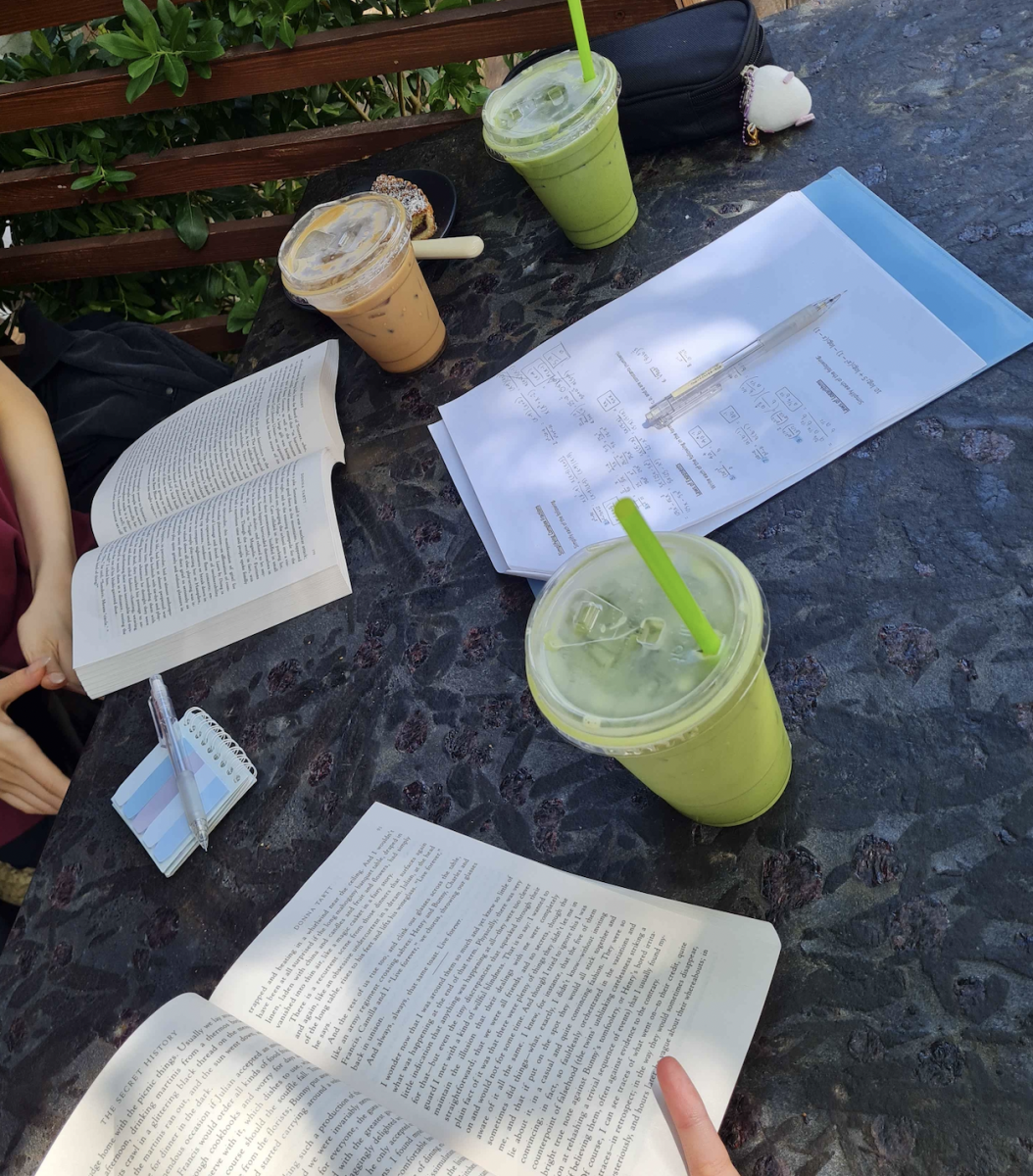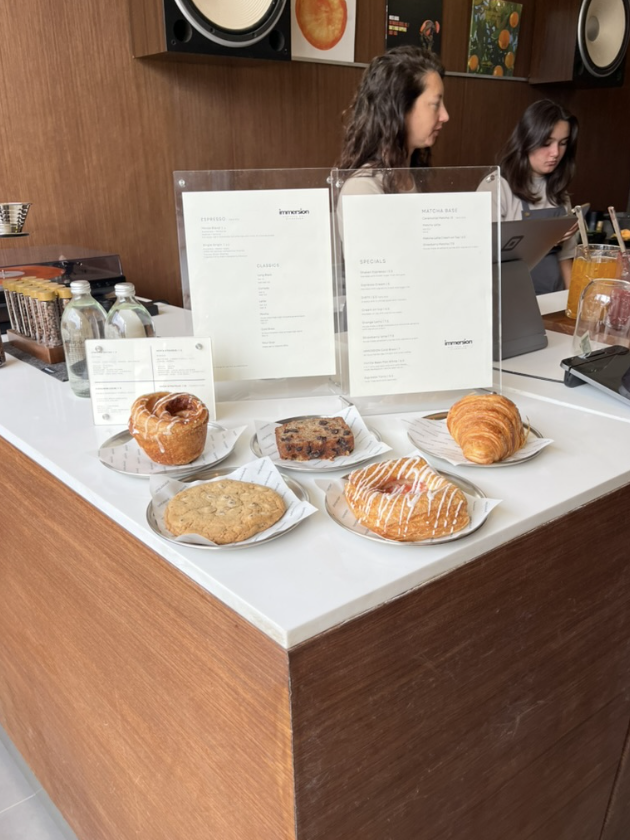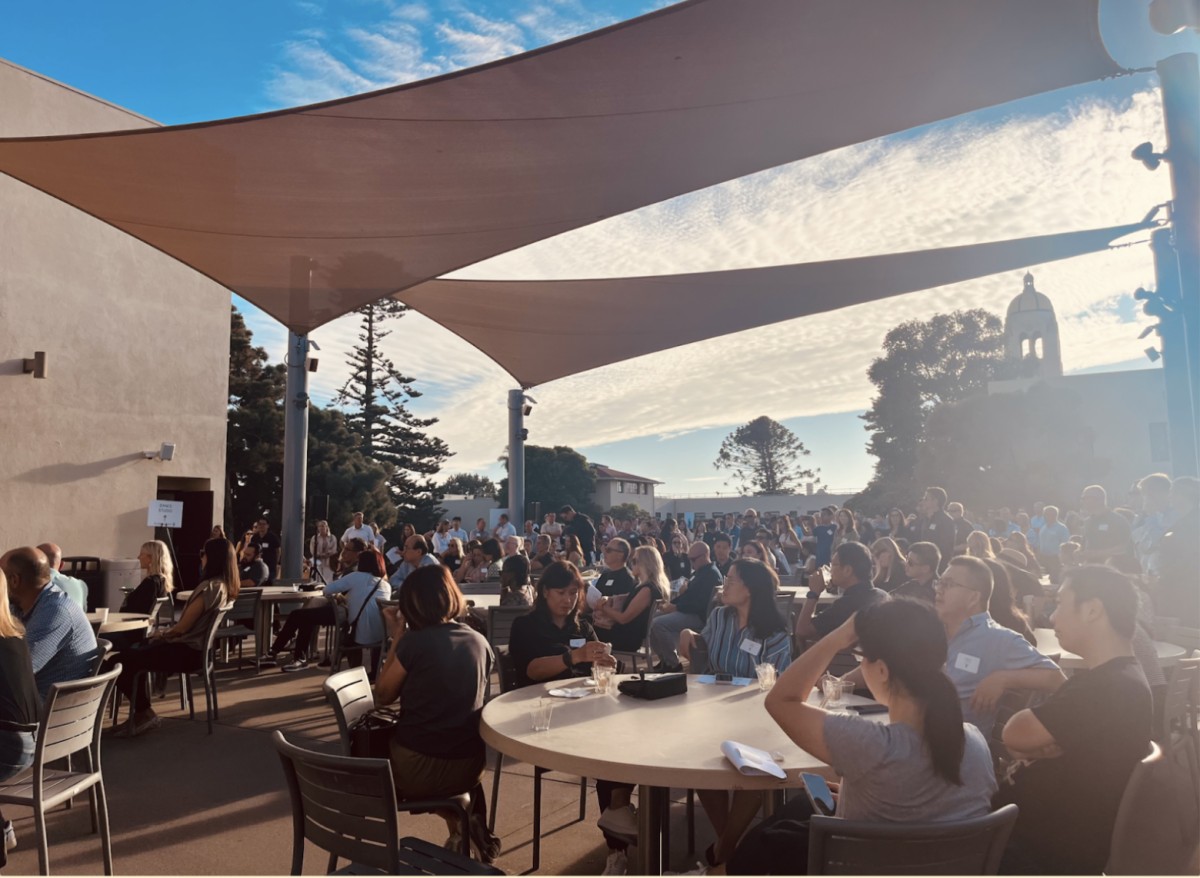Nine years ago, singer-songwriter Taylor Swift took one of the biggest risks of her career, leaving behind the country music scene of her youth and beginning an adventure into the unfamiliar world of pop. She said goodbye to everything that was ordinary and familiar in her music and went instead for something inventive and extraordinary: she went for “1989.”
“With ‘1989,’ I was really putting my neck on the line,” Swift explained in a 2014 interview with Time Magazine. “[My label] said, ‘Are you really sure you want to do this? … Are you positive that you want to take a genre that you cemented yourself in and switch to one that you are a newcomer to?’” she added in a 2014 Billboard interview.
Swift had only ever put out country albums — that was what she was known for and how she had broken into the industry. Though she had dabbled in pop in her 2012 album “Red,” no one was expecting her to try a style as new and different as “1989.” “It was a little hard to sleep the night of the album release,” Swift reminisced in the same Time Magazine interview.
But now, ten years and three successful pop albums later, “1989” has established itself as one of the best works Swift has to offer in her impressive discography. It sold a record-breaking 1.3 million copies in its first week, grossed $250 million on its world tour, and won Swift her second Album of the Year Grammy. With its title inspired by the year Swift was born, “1989” has become one of the most iconic and recognizable records she has ever put out. It is a pop album done perfectly.
And now, in 2023, as Swift gains the rights to the re-recording of this commercial and artistic triumph, fans everywhere get to enter the familiar, iconic world of “1989” once again. But this time, there is no uncertainty on the quality of the album nor about Swift’s adventure into a new genre. It is already a sweeping success.
Fans get to sing along to tracks like the ever-familiar “Shake It Off,” a song that dominated every radio station in 2014, as they take in the energetic saxophone and trumpet sounds that could get even the most awkward person up on their feet and dancing. They get to hum along to “This Love,” as images of softly rippling water appear in their minds, hypnotized by a soothing melody about the cyclical nature of relationships. They get to scream the bridge of “Out of the Woods” at the top of their lungs, engulfed in the dramatic whirlwind of a ballad about snowstorms and romantic tragedy.
The new cover of “1989 (Taylor’s Version)” cleverly plays with the idea of experiencing the magic of “1989” to its fullest extent with the re-release. The original “1989” cover is a tan polaroid photo of Swift, her face half cut off and a blank expression on her cherry red lips. In the new version, a bright sky blue background compliments the singer, as her fully displayed face sports a wide, authentic grin. Now, Swift is smiling. Almost like she’s saying, it’s the same album, the same songs — but happier.
Despite the different cover and happier emotion, “1989 (Taylor’s Version)” kept what needed to stay the same from the original: how the lyrics of each individual song make you feel. When Swift sings “Took our broken hearts / put them in a drawer” in the album opener “Welcome to New York,” you feel like you’re traipsing from party to party in New York City with your best friends. Every time she repeats, “I’ve got that red lip, classic thing that you like” in the chorus of “Style,” you imagine yourself driving a convertible with the radio on and the sun beaming. And when she cries, “Say you’ll remember me / Standing in a nice dress / Staring at the sunset, babe” in “Wildest Dreams,” you suddenly get the urge to run away from the city in a yellow gown at dusk.
That is one of the strongest, most distinctive elements “1989” has to offer. No matter what track, listening to it makes you feel invigorated, vivacious, animated. You’re captivated by every word, like a rush of adrenaline is shooting through you with each line.

But the best part about the re-recorded version of an album as catchy as this one, is that the world already knows these songs and their lyrics. For “1989” fans, that’s what this re-release is: listening to already exceptional songs, singing them at the top of their lungs, and really, truly enjoying it.
But despite all the joy, sparkle, and energy that the songs of this recording emit, Swift’s life was not perfect when “1989” came out. At the time, she was getting intense pushback from the media, which labeled her as a “serial dater,” leading to frequent rumors about her supposed relationships, and constant scrutiny from those around her on her behavior and choices. In the prologue to “1989 (Taylor’s Version)” she explains, “It became clear to me there was no such thing as casual dating, or even having a male friend.” She added that “if she was seen with him,” people would assume “she was sleeping with him.”
Swift did acknowledge the media’s obsession with her relationships at the time — even in the original version of “1989.” In the popular single “Blank Space,” she uses satire to make fun of the image the public has given her: “Got a long list of ex-lovers / They’ll tell you I’m insane,” she sings. “Boys only want love if it’s torture / Don’t say I didn’t, say I didn’t warn ya.”
But with the release of “1989 (Taylor’s Version),” Swift has been able to reflect on these rumors and remarks that were “really starting to hurt.” This is especially apparent in the inclusion of her famous “Vault Tracks” — songs written during the original “1989” era that didn’t make the cut, but were included in the new version of the record. She did certainly address this aspect of her life in the “1989” vault, but not in the way you might expect.
She mainly addresses the “serial-dater” rumors in the vault track “‘Slut!’” From its rather jarring name, it seems like a song that would focus on her insecurities and struggles with how the media views her. And while it does reference the media’s perception of her, the song instead is about love.
“Aquamarine, moonlit swimming pool / What if all I wanted was you?” she questions in the opening lines, with a delicate, pretty vocal tone that feels like cheersing a dainty champagne glass filled with light pink rosé. Within this soft, sweet melody, Swift accepts the name the media has given her. “And if they call me a slut / You know it might be worth it for once,” she sings in the chorus. As she says herself in regards to the media’s opinions of her during the “1989” era, “Of course everyone had something to say. They always will.” But in this song, she doesn’t let herself be bothered by the criticism. She focuses on the love she experiences despite it.
The 18th track, “Don’t Say Go,” is another standout in the “1989” vault. “Why’d you have to lead me on? / Why you’d have to twist the knife? / Walk away and leave me bleedin’, bleedin’?” she sings in a charming, addictive chorus. With its lower registered intro and subsequent playful, almost smiley chorus, this track fits perfectly with the rest of “1989.” It’s angsty, it’s catchy, it’s fun — it’s pop perfection.
Even beyond the new songs, certain tracks on “1989 (Taylor’s Version)” managed to outdo their predecessors, despite having the same lyrics and very similar production. The best example of this is “I Know Places,” an alluring, almost enigmatic track about a secret love story. “Just grab my hand and don’t ever drop it, my love / They are the hunters, we are the foxes and we run,” she sings in the pre-chorus.
In the new version of this song, Swift not only manages to keep the original essence of the song’s dramatic, emotional tone, but she elevates it. With her more mature and more confident voice, she puts added emphasis into every word, every voice crack and tiny stress, drawing the listener even more into the seductive, dark, irresistible melody that is “I Know Places.”
Whether it’s the re-release or the original version of any of the songs off this album, it is almost impossible to describe Swift music or discography without thinking about “1989.” This album was a success the first time listeners heard those intro claps of “Welcome To New York,” and it only continues to be one now in 2023, as it cements itself as a record that is stronger, happier, catchier — and more iconic.








